Bernett, Neville
Killed in Action 1943-03-04


Birth Date: 1916-February-19
Born:
Home: Bounty, Saskatchewan
Enlistment:
Enlistment Date: Unknown
Service
RCAF
Unit
172 (B) Sqn- Squadron (RAF)
Base
RAF Chivenor
Rank
Flying Officer
Position
Flying Officer
Service Numbers
J/9739
Home
 Bounty, Saskatchewan
Bounty, Saskatchewan
First Burial
 Runnymede Memorial Surrey, Uk
Runnymede Memorial Surrey, Uk
Wellington B. Mk. Xll MP505
Bombing 1943-March-04 to 1943-March-04
() (RAF) RAF Chivenor
The squadron was formed on 4 April 1942 at RAF Chivenor from No. 1417 (Leigh Light) Flight, and was part of 19 Group, Coastal Command. The squadron had been formed to continue the work of the development flight to use the new Leigh Light in conjunction with ASV radar on anti-submarine patrols. The Leight Light was a powerful (22 million candles) searchlight used to illuminate the surface of the sea and any submarines caught on the surface. It operated from bases such as Malta, Gibraltar and the Azores to exploit the new invention and it was also used to attack surface vessels. The squadron re-equipped with the Wellington Mark XIII and the rate of sorties increased, although the aircraft losses also increased as they were hunted by German night-fighters in the Western Approaches Source Wikipedia.
At 21.31 hours, the outbound boat was surprised by Wellington MP505 in the Bay of Biscay. But when the aircraft switched on the Leigh Light, it was hit by AA fire and crashed burning into the sea after passing over the boat, killing the crew of six. Two of the four depth charges dropped actually hit U-333, but one broke up without detonating and the other bounced of and caused only light damages.The same aircraft and crew had sunk U-268 on 19 Feb, 1943.Source Amrit RAF Commands
Wellington MP505
Vickers Wellington
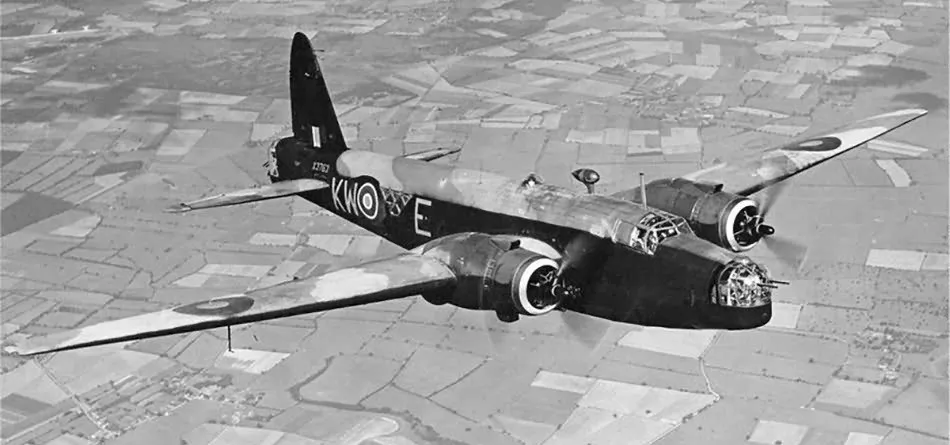
Vickers Wellington B. Mk. III (Serial No. X3763), coded KW-E, No. 425 'Alouette' (B) Squadron, RCAF, late summer of 1942
The Vickers Wellington was a British twin-engined, long-range medium bomber. It was designed during the mid-1930s at Brooklands in Weybridge, Surrey. Led by Vickers-Armstrongs' chief designer Rex Pierson, a key feature of the aircraft is its geodetic airframe fuselage structure, which was principally designed by Barnes Wallis. Development had been started in response to Air Ministry Specification B.9/32, issued in the middle of 1932, for a bomber for the Royal Air Force. This specification called for a twin-engined day bomber capable of delivering higher performance than any previous design.
The Wellington was used as a night bomber in the early years of the Second World War, performing as one of the principal bombers used by Bomber Command. During 1943, it started to be superseded as a bomber by the larger four-engined "heavies" such as the Avro Lancaster. The Wellington continued to serve throughout the war in other duties, particularly as an anti-submarine aircraft.
It holds the distinction of having been the only British bomber that was produced for the duration of the war, and of having been produced in a greater quantity than any other British-built bomber. The Wellington remained as first-line equipment when the war ended, although it had been increasingly relegated to secondary roles. The Wellington was one of two bombers named after Arthur Wellesley, 1st Duke of Wellington, the other being the Vickers Wellesley.
In August 1936, an initial order for 180 Wellington Mk I aircraft, powered by a pair of 1,050 hp (780 kW) Bristol Pegasus radial engines, was received by Vickers; it had been placed so rapidly that the order occurred prior to the first meeting intended to decide the details of the production aircraft. In October 1937, another order for a further 100 Wellington Mk Is, produced by the Gloster Aircraft Company, was issued; it was followed by an order for 100 Wellington Mk II aircraft with Rolls-Royce Merlin X V12 engines. Yet another order was placed for 64 Wellingtons produced by Armstrong Whitworth Aircraft. With this flurry of order and production having been assured by the end of 1937, Vickers set about simplifying the manufacturing process of the aircraft and announced a target of building one Wellington per day.
A total of 180 Wellington Mk I aircraft were built; 150 for the RAF and 30 for the Royal New Zealand Air Force (RNZAF) (which were transferred to the RAF on the outbreak of war and used by 75 Squadron). In October 1938, the Mk I entered service with 9 Squadron. The Wellington was initially outnumbered by the Handley Page Hampden (also ordered by the Ministry to B.9/32) and the Armstrong Whitworth Whitley (to B.34/3 for a 'night' bomber) but outlasted both rival aircraft in service. The Wellington went on to be built in 16 separate variants, in addition to two training conversions after the war. The number of Wellingtons built totalled 11,462 of all versions, a greater quantity produced than any other British bomber. On 13 October 1945, the last Wellington to be produced rolled out.Wikipedia
 Canadian Virtual War Memorial
Canadian Virtual War Memorial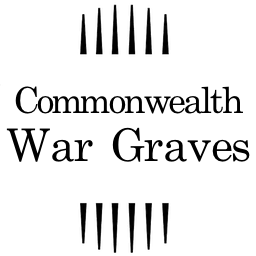 Commonwealth War Graves Commission
Commonwealth War Graves Commission www.findagrave.com
www.findagrave.com

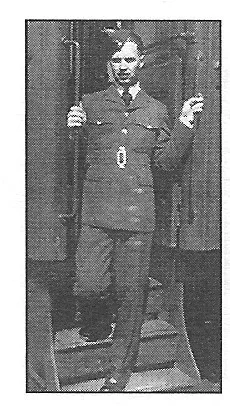
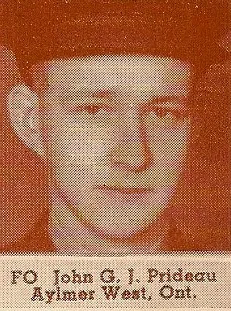
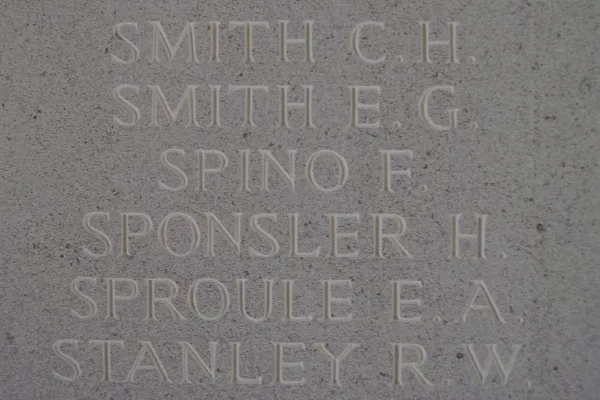
 Wikipedia Vickers Wellington
Wikipedia Vickers Wellington RCAF - Vickers Wellington
RCAF - Vickers Wellington YouTube Vickers Wellington documentary
YouTube Vickers Wellington documentary